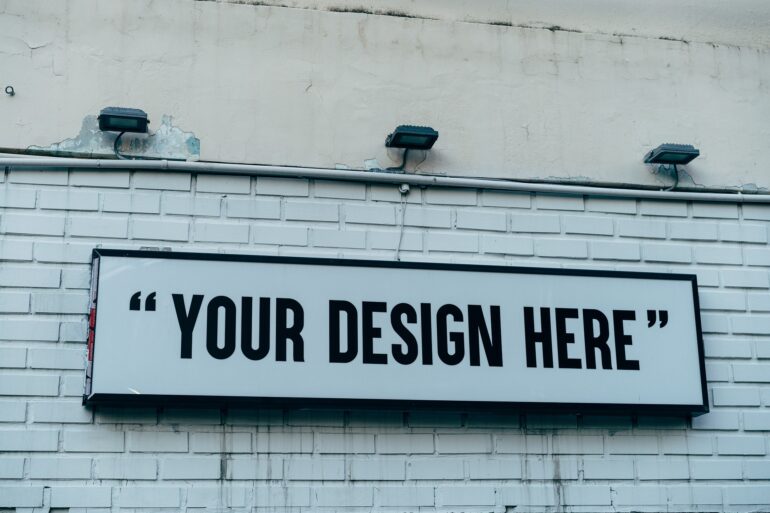TL;DR:
- Advertising agencies have historically grown in response to technological shifts, and the rise of generative AI is transforming the creative side of advertising.
- Major advertising holding groups are partnering with AI companies to integrate generative AI into their creative processes, enhancing personalization and content creation.
- AI-enabled marketing already accounts for nearly half of global advertising, and it is projected to influence 90% of all ad revenue by 2032.
- The creative transformation involves developing unique images and videos using descriptive prompts and testing infinite iterations of ads to maximize engagement.
- Creative workers need to acquire new skills, and agencies that invest in retraining their workforce will benefit.
- The introduction of new generative AI tools by companies like Google, Meta, and Snapchat demonstrates the rapid changes in the advertising industry.
- Adapting to new technologies presents opportunities for creative agencies to strengthen their role as intermediaries.
- Agencies are expected to take on increased responsibilities in compliance, accountability, and measurement.
- The future for legacy creative agencies appears to be neutral to positive, provided they make wise decisions and effectively adapt to the evolving landscape shaped by generative AI.
Main AI News:
The transformative potential of generative AI in the creative realm of advertising is a force that the marketing industry cannot ignore. While artificial intelligence has long been utilized to optimize ad campaigns through enhanced analytics and targeting, the impact on the creative aspect has yet to be fully realized.
Advertising agencies, known for their adaptability in response to technological advancements, have historically grown rather than diminished in the face of change. According to Brian Wieser, a prominent advertising analyst, major advertising holding groups experienced an estimated 80% increase in headcount between 2012 and 2022, despite the introduction of automated marketing aimed at streamlining processes.
In line with this trend, WPP, the world’s largest advertising holding group in terms of revenue, recently forged a partnership with leading AI company NVIDIA. This collaboration empowers WPP artists and designers to integrate 3D content creation with generative AI, enhancing the personalization of their creative output.
Code and Theory, a design agency under Stagwell’s ownership, also established a similar AI creative partnership with Oracle earlier this month. Additionally, Publicis acquired full ownership of Publicis Sapient AI Labs, a joint venture launched in 2020, to accelerate its generative AI offerings. Similarly, Omnicom is collaborating with Microsoft to explore the integration of generative AI into its creative and business solutions.
The significance of AI-enabled marketing is evident, as it already accounts for nearly half (45%) of global advertising, according to GroupM, an ad agency within WPP. Looking ahead, projections indicate that AI will exert influence over 90% of all ad revenue, surpassing $1.3 trillion by 2032.
A key aspect of the creative transformation lies in the ability to generate unique images and videos using descriptive prompts, rather than relying solely on stock libraries. Generative AI tools also enable creatives to test countless iterations of ads, identifying the most engaging options. Capitalizing on these opportunities necessitates the development of new skills by creative professionals. Agencies that invest in retraining their workforce stand to benefit from this evolution. John Wren, chair and CEO of Omnicom Group, expressed optimism about the long-term prospects for creative knowledge workers in leveraging generative AI.
Major advertising companies are actively spearheading these changes by introducing innovative creative solutions to advertisers. Google recently unveiled a generative AI tool that enables marketers to personalize creative elements within shopping ads. Meta, too, announced a range of generative AI-driven creative features, including the generation of background images for ads based on text inputs. Snapchat has been experimenting with sponsored links in ads, powered by generative AI.
Navigating the complexities that accompany new technologies has the potential to strengthen intermediaries, such as creative agencies, rather than diminish their role. Swift adaptation is crucial. Dan Gardner, executive chair and co-founder of Code and Theory, emphasized the positive implications of change for companies that embrace it, be it through technological shifts like the advent of the iPhone, social media, or economic transformations.
As these advancements unfold, agencies are likely to assume larger responsibilities in terms of compliance, accountability, and measurement. Advertisers remain accountable for the content of their ads, as affirmed by Google’s VP of Ads, Dan Taylor. AI-driven ads will undergo rigorous policy and copyright checks, leading to an increased volume of ads requiring scrutiny, filtration, and oversight.
Conclusion:
The integration of generative AI into advertising represents a significant transformation in the market. Advertising agencies are leveraging the power of AI to enhance creativity, personalization, and engagement in ad campaigns. With AI-enabled marketing projected to dominate the industry, agencies that invest in retraining their workforce and embracing new technologies will be well-positioned for success.
The collaboration between major advertising companies and AI firms indicates the rapid pace of change, and agencies that adapt quickly will thrive. The responsibilities of agencies will expand to include compliance, accountability, and measurement. Overall, the future looks promising for legacy creative agencies, provided they navigate the changing landscape and make strategic decisions to harness the potential of generative AI.

